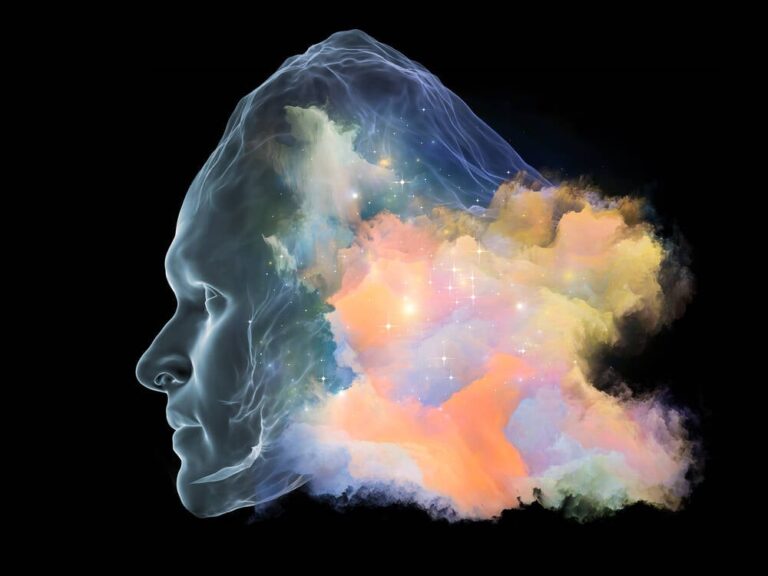Opinion Remember when the hottest news in the schoolyard was which band was the hottest this week? Those days are back, baby. An AI-generated band called Breaking Rust has just hit the top of the Billboard Country chart in the US with a song called Walk My Walk. Some questions will never be answered – could it ever release a sea shanty, and will all the albums be compilations? What this means for the future of the music industry, the AI industry, and music itself, is less funny.
It is deeply ironic that the country genre is first to cop the slop. Country is very jealous of its authenticity, of communicating the emotions and experiences of common people. Three chords and the truth, as songwriter Harlan Howard said. Country is also deeply formulaic, it knows what buttons to push to connect with its audience. It has always been one of the easier genres to parody, and LLMs are nothing if not parody generators.
It’s not as if the music industry hasn’t been producing low-quality slop all its life. We remember the exciting, rewarding songs, especially from our teenage years when everything is new and tastes are formed. Go back to the charts from those years of yours, though, and marvel at how much was anodyne, derivative, programmatic junk. The musicians making that were exploited by an industry skilled in keeping as much of the money as it could. That LLMs now offer it the chance to keep all the money is as unsurprising as my dog just upped and left me and the bank just took the house. How the song will end will be more surprising.
At this stage, in music as elsewhere, the LLMs have eaten all the data. The web has been scraped, the content archives mined out, and all the millions of digitized songs thrown into the AI maw. Bigger may be better when it comes to models, and the best data is more data, but once there’s no more data, what then? The thing about music is that for all its variety and importance in our consciousness, it’s quite a small data set.
There are probably between 100 and 200 million songs out there. Which sounds a lot, until you compare that to the five billion photographs taken per day. Moreover, it took a century to accumulate that much music, but that’s not the problem. On current stats, some 120,000 new tracks are uploaded to streaming services daily, a number that’s doubled in the past five years. Guess where a huge amount of this new music has come from. Well done you. Even if the rate of 50,000 AI-generated songs a day holds steady, it will take about five years to overtake all the human generated music of today. It won’t hold steady.
Because the human music data set is so small, it is easy to overwhelm with slop. It doesn’t matter that there are no musicians to interview or promote, no gigs or festival presence, because this stuff is farmed out by automated playlists. There is nothing to stop the slop. Which is bad for humans, but it’s far worse for AI, which does not thrive at all when it feeds on its own output.
Model Autophagy Disease is one of those things AI boosters don’t like to talk about. As the name suggests, it’s a syndrome that can lead to model collapse in about five ingestion cycles when a model’s own output is included in the ingested data. Like bovine spongiform encephalopathy, better known as mad cow disease, it comes about due to terrible industry practices. Those are difficult to eliminate if the industry in question is entirely dependent on those practices. That’s the song the music industry is singing right now.
It seems like such a good idea. Consolidate the record labels and streaming distributors, grab as much data as you can to train your AIs claiming fair use, ladle out the results, and collect all the money. Take as many of the filters off as possible to maximize the efficiency of the process, and the streaming revenue checks will write themselves. Nobody’s going to stop you. Trouble is, nobody’s stopping anyone else from using those generative AIs either.
Except, it turns out, the baleful dynamics of LLMs fed on their own swill. Even before model collapse, the quality of the output is smushed down and down as the model sheds diversity while heading towards the terminal feedback loop of insanity.
The presence of Walk My Walk at the top of the charts certainly sounds like that process has begun. Our ears are the evidence, the charts themselves marking the progression of the madness. At last, AI benchmarks that mean something.
For music to matter, it has to evoke emotion. If that emotion is one of horror at AI’s exponential banalification of music, or grim satisfaction as it writhes out of the control of its makers and sinks its fangs into their veins, then it may precipitate the collapse of other, bigger, more dangerous models. Another great theme of country music is redemption, after all. ®

